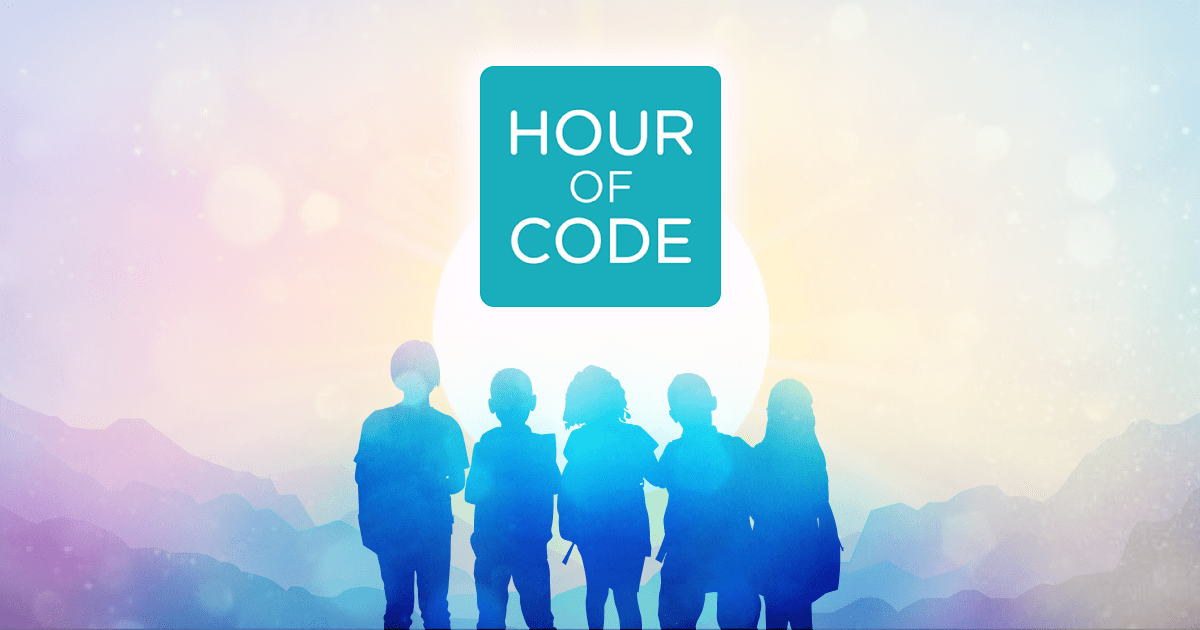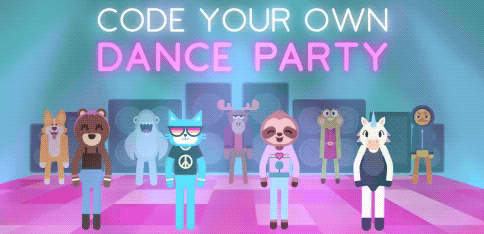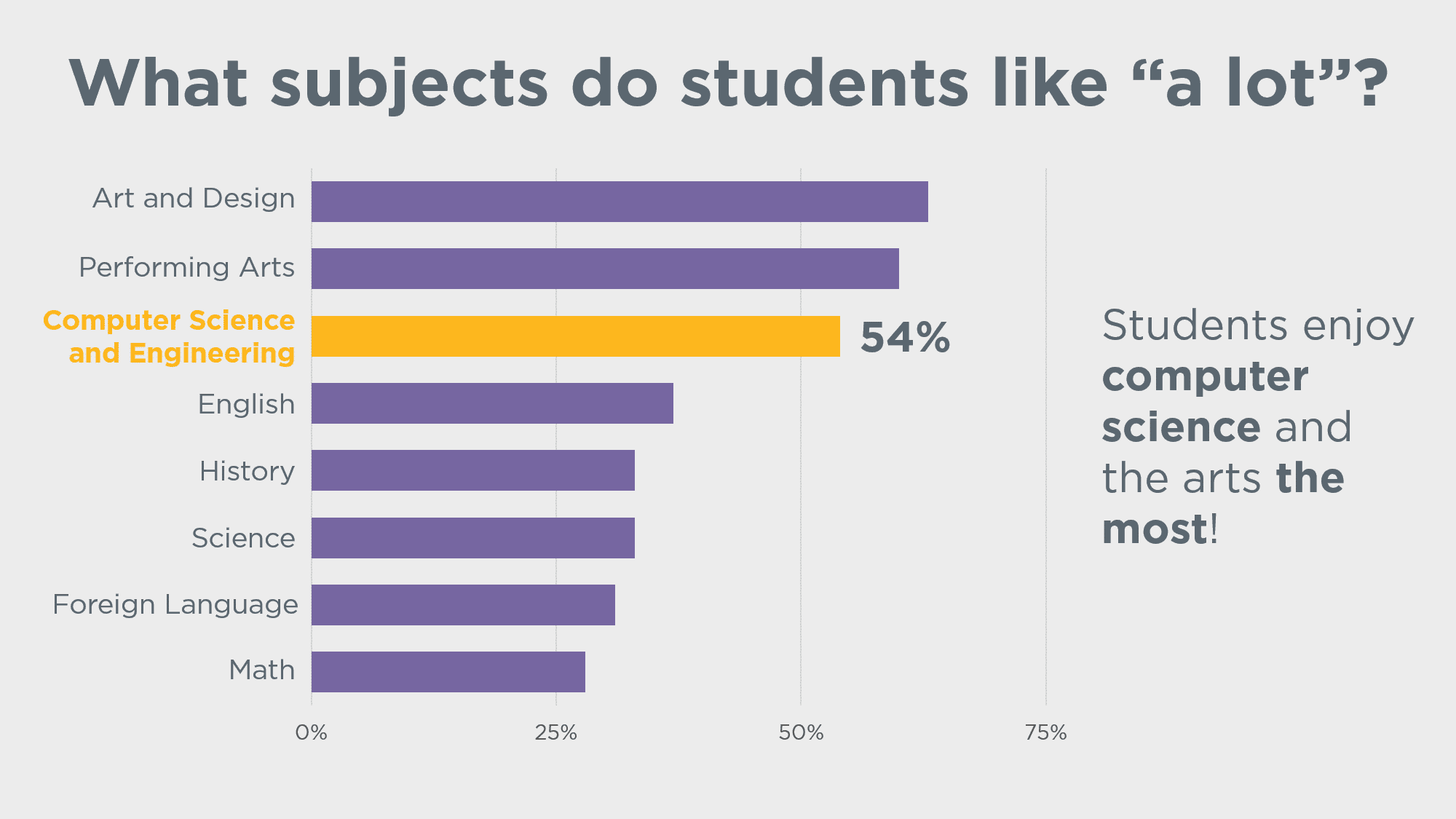
With much of our world automated, many experts believe that coding should be a core part of modern education. Yet, only 20 US states offer high school students access to computer science courses, and just 8 of those make the subject accessible to kids in lower grades. However, thanks to Seattle-based Code.org's Hour of Code Challenge, learners of all ages and backgrounds can now get exposure to this all-important subject.

Now in its eighth year, the event, offered annually during Computer Science Education Week (December 7th - 13th, 2020), attracts over 100 million participants across 180 countries. The hour-long coding activities, created with help from over 400 partners, including Google, Microsoft, and Khan Academy, are offered in 45 different languages. Suitable for all ages — from 4 to 104 — and experience levels, they are designed to demystify the world of coding and inspire students of all backgrounds to consider a career in software engineering. Though school sessions are usually restricted to sixty minutes, individuals can pursue longer coding challenges and tackle as many of the offerings as they wish on their own time.
Students can select their coding project based on their age, interest level, and programming prowess. Among this year's offerings is A Minecraft Tale of Two Villages. Created by the popular video game's programmers, it is designed to raise awareness of unconscious bias by bringing together two villages with the power of code. The developers state, “[We hope] coders will experience compassion for their neighbors, learn about cooperation and equity, and embrace the diversity that makes us all uniquely special."
Kids will also be able to select COVID-19-centric games involving coding social distance procedures, as well as program their own superhero. With over 200 projects to choose from, there is something to interest programmers of all ages and coding skills.

While 60 minutes is enough time to get students intrigued about the subject, it is inadequate to master programming. To enable them to continue, Code.org offers ongoing computer science tutorials for students and professional learning for teachers. Since 2013, the non-profit has trained over 200,000 educators across grades K-12. In 2018, more than 19,000 Code.org students signed up for and passed the Advanced Placement Computer Science Principles examination.
Though the progress is encouraging, there is still a lot that needs to be done, especially given that most future jobs will require some programming knowledge. To learn how you and your school can get involved with the Hour of Code and the future of computer science, check out hourofcode.com.
Resources: Hourofcode.com
